We have posted here before stories about drug seizures and identifications that are wrong. Basically, the old: “I know it is a drug just by looking at it” police work. It is a modern malicious marvel that creeps into the courtroom.
- Roadside screening tests such as the NIK Public Safety Reagent Based Tests Can Provide False Positives
- Marijuana Field Test False Positive Leads to SWAT-style Raid of Innocent Home Owner’s Basement Lawful Tomato Growing
- I know methamphetamine by looking at it: false arrest for drugs
- The scariest words in criminal court: “Based upon my training, knowledge and experience”
I have a new one:
“I Googled It,” said the crime lab
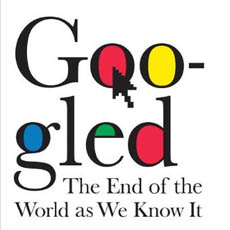
One of my colleagues emailed me to ask me: “How do I fight a single pill drug possesion case?”
I responded, “It depends. What is their opinion as to the identity of the drug? What sort of testing did they do on the single pill.”
He replied “They say it was Soma with Codeine. FTIR and Googled the markings on the pill.”
I just about fell out of my chair. I cannot believe that a laboratory would base its identification of a seized drug on FTIR alone with a combined substance, and then also simply searched the markings in Google to arrive at its opinion. But low and behold it is true.
Why is this so bad?
First the opinion of the identification and it’s context by the laboratory must be understood. As the name suggests, SOMA® compound with Codeine CODEINE is a combination product that contains carisoprodol 200mg, aspirin at 325mg and codeine phosphate, USP at 16mg according to the published and recorded labeling information from MedPointe Pharmaceuticals.
Physically, it looks like this:
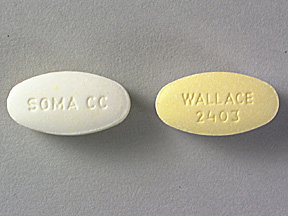
Please remember that the fact that this is a combination product. It will be very important later.
Although I have some very strong objections to SWGDRUG and how works (especially the baring of any scientist who offers defense testimony from being a part of it), SWGDRUG has a good idea that it has published when it comes to the identification of seized drugs. It recommends an orthogonal approach. In mathematics and in particular geometry, orthogonal means “involving right angles” (from Greek ortho, meaning right, and gon meaning angled). Over the millennia, the term has been extended to general use, meaning the characteristic of being independent (relative to something else). It also can mean: non-redundant, non-overlapping, or irrelevant. In science it means, something – such as instrumental testing – is orthogonal if it can be used without consideration or dependance on something else. In other words, a totally different approach. The general idea is that if we have several results from non-complementary techniques that arrive at the same opinion, then the risk of being wrong is acceptably slim.
The Scientific Working Group for the Analysis of Seized Drugs (SWGDRUG) is an organization that, among other tasks, publishes standards for the analysis of seized drugs. Many courts have held that SWGDRUG represents the relevant scientific community when it comes to the analysis and identification of seized drugs (solid drug dose, pre-consumption form).
On the SWGDRUG website it reads: “The mission of SWGDRUG is to recommend minimum standards for the forensic examination of seized drugs and to seek their international acceptance.”
Specifically in SWGDRUG Recommendation 6, it reads:
These recommendations are minimum standards for the forensic identification of commonly seized drugs. However, it should be recognized that they may not be sufficient for the identification of all drugs in all circumstances. Within these recommendations, it is up to the individual laboratory’s management to determine which combination of analytical techniques best satisfies the requirements of its jurisdiction.
From time to time, it publishes standards known as “SWGDRUG Recommendations” which is a consensus document promulgated by it’s core group of members and published. SWGDRUG Recommendations were updated to Version 6.1 on November 1, 2013. In Recommendation 6.1, we find the following categorization of identification techniques based upon discriminating power (Category A being the most discriminating and C the least):
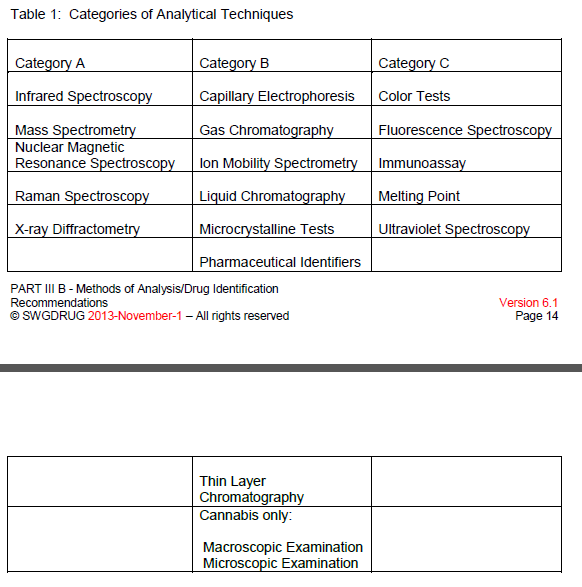
However, an important caveat is located above Table1. It warns as follows:
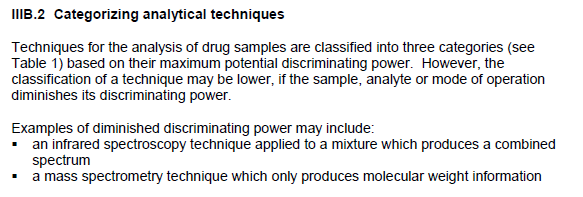
Further in SWGDRUG Recommendation 6.1, we find the following language:
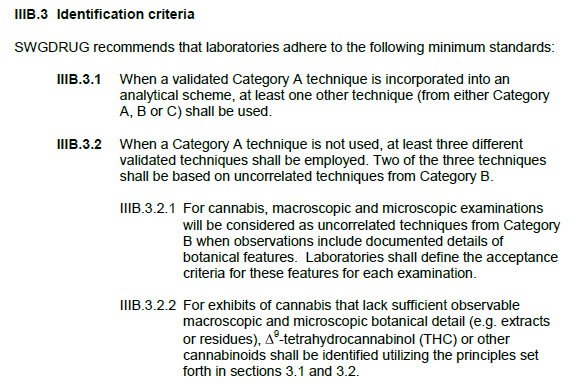
(It goes on further about the marijuana exception, but that is not relevant for this post.)
Google, while wonderful, and maybe correct in a given instance, is not an appropriate source to make a valid identification using “Pharmaceutical Identifiers.” It reminds me of this commercial:
So in my colleague’s case, you have a diminished Category A and a insufficient Category B. There is no compliance with SWGDRUG minimum recommendations for the identification of this seized drug.



Manny Daskal says:
Justin, I posted about 4-5 years that a judge allowed a DOJ tox. to qualify as an expert and to testify that everyone is fully absorbed(alcohol) even after a full meal within 5-30 minutes. I challenged that statement asking for any authority and the tox. testified that it was common knowledge and I could google it. I moved the judge to disqualify this “tox” as an expert. The judge refused. Had my expert testified this way I’m sure that person would have been disqualified.
Justin J. McShane says:
It is amazing the double standard that goes on. I once had a judge in a mouth alcohol defense case say out loud during a bench trial: “So you are saying that we got him to the breathalyzer too soon.” I paused. I took my time to gather myself. It must have been a long time because the judge said “Mr. McShane?” And I replied “Judge, WE didn’t do anything wrong. The police got him to the Intoxilyzer too soon. You as the judge played no role in that.” I got a dagger stare after that. I just don’t get it.